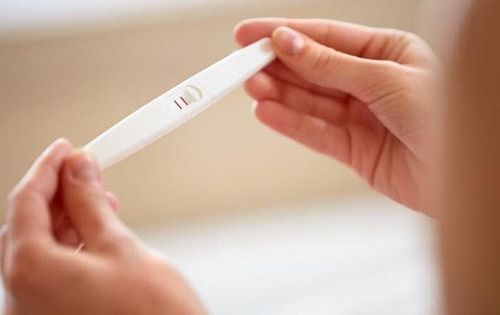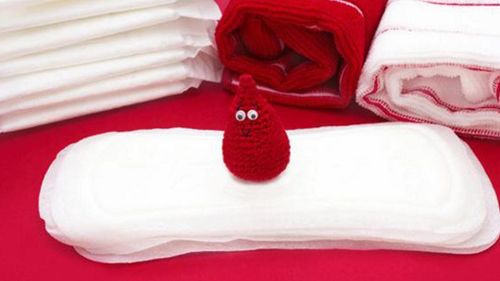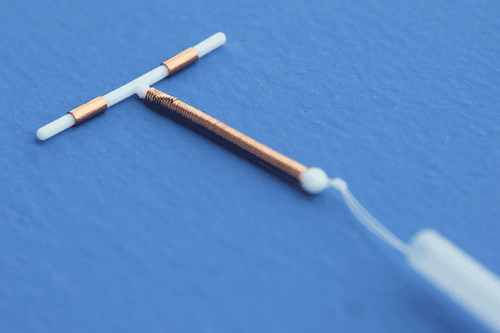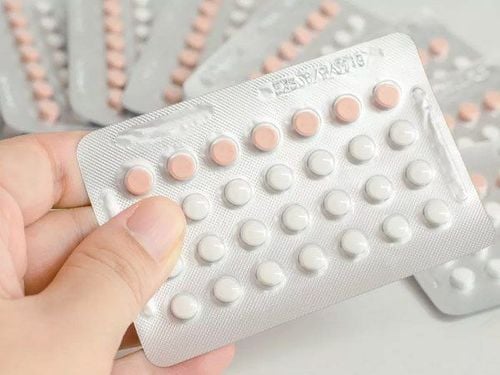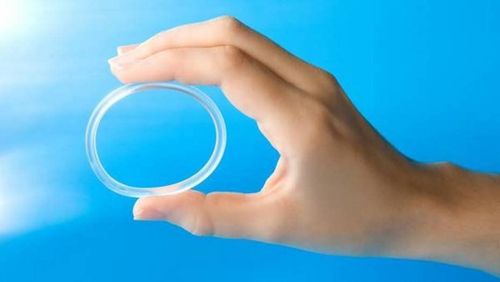This is an automatically translated article.
The article was professionally consulted with Specialist Doctor I Truong Thi Phuong - Doctor of Ultrasound - Department of Diagnostic Imaging - Vinmec Ha Long International Hospital.Being too busy taking care of a newborn baby with many difficulties and worries can make you forget to use birth control pills, or take them irregularly. At this point, using an IUD may be a reasonable option for fertility planning.
1. What is an IUD (IUD)?
An IUD (IUD) is a small T-shaped rod made of flexible plastic that is placed inside the uterus. This contraceptive is more than 99% effective.Once the IUD is in place, you won't need to do anything else to prevent pregnancy for many years. Although the IUD needs to be removed and replaced every 3 to 10 years depending on the type, if you want to have a baby earlier than this time, the IUD can be removed very easily and can be easily removed. Reproduction also returned to normal.
In fact, there's no one-size-fits-all birth control method, that's why there are so many options out there, you should consult with your doctor about the birth control method that's best for you.
2. Is it possible to put an IUD after giving birth?
The answer is yes. In fact, many couples choose to put in an IUD after having a baby.IUDs come in 2 types:
Hormonal contraceptive devices contain the hormone progestin, which helps prevent ovulation and thickens the mucus layer of the cervix, making it difficult for sperm and eggs to fuse. Copper-containing contraceptives change the way they work, making it difficult for sperm to swim, making it impossible to find and fertilize an egg.
3. When should I insert an IUD?
Usually the IUD can be inserted while the woman is still in the hospital after giving birth, but if you are feeling overwhelmed and uncomfortable, the device can be inserted during your follow-up visit about 6 weeks, or later. . If you're still not too exhausted in the new weeks after giving birth and are able to have sex before the device is inserted, use other safe methods of birth control.4. Is it painful to put an IUD after giving birth?
It is easier to place an IUD for women who have given birth than for those who have not. The doctor or midwife uses a speculum inserted into the vagina, like when you have a Pap smear test. A special device is used to insert the instrument into the uterus.The process in the doctor's room is usually very fast, within 5 minutes, depending on the condition of each patient. You may feel some discomfort or pain in your lower abdomen during the procedure, and pain medicine taken before and after the device is inserted may make you more comfortable. It's normal to experience cramping or lower back pain for a few days after the device is inserted, and warm compresses are a good source of pain relief. There is a small wire attached to the bottom of the tool, which checks whether the position of the tool is correct or not. The cord should be long enough to make it easier to remove the tool, but also short enough so you don't feel entangled.
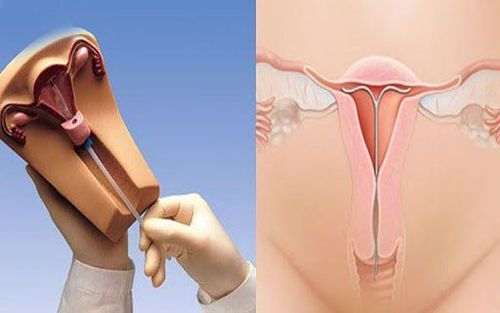
Việc đặt dụng cụ tử cung cho những phụ nữ đã sinh nở dễ dàng hơn những ai chưa sinh con
5. Is it safe to insert an IUD while breastfeeding?
The IUD is a safe and effective method of contraception that can be used during breastfeeding without fear of affecting breast milk supply. However, like some other birth control methods, the IUD can have side effects such as:You may feel some cramping and discomfort during the insertion of the device, and sometimes it lasts days or weeks later; If you've ever used hormonal contraceptives such as the Pill, the patch, or the IUD, you'll experience side effects such as mood swings, breast tenderness, and headaches. Some women discover ovarian cysts while using an IUD, which sounds suspicious, but usually these cysts are not dangerous and go away on their own; Copper IUDs can cause heavy bleeding or menorrhagia for several months. Hormonal IUDs often make periods less frequent and less painful. In some cases, when the IUD is inserted after giving birth, the patient's uterus pushes the device out on its own, usually after a few months, and is common in women who have just given birth. In very rare cases, the device can get stuck on one side of the uterus, usually at the time of insertion. As scary as it sounds, this incident causes no pain or permanent damage, and surgery may be required to remove the instrument, which is rare. You will need to see your doctor again 4-6 weeks after insertion to make sure the IUD is still in the correct position. Checking the position of the tool regularly also helps you to notice if there are any strange signs. One thing to keep in mind is that if you're having a vaginal infection, an IUD could push the infection deeper into the uterus. Your doctor will usually screen you for STIs before inserting the IUD.
Please dial HOTLINE for more information or register for an appointment HERE. Download MyVinmec app to make appointments faster and to manage your bookings easily.
Reference source: healthline.com




